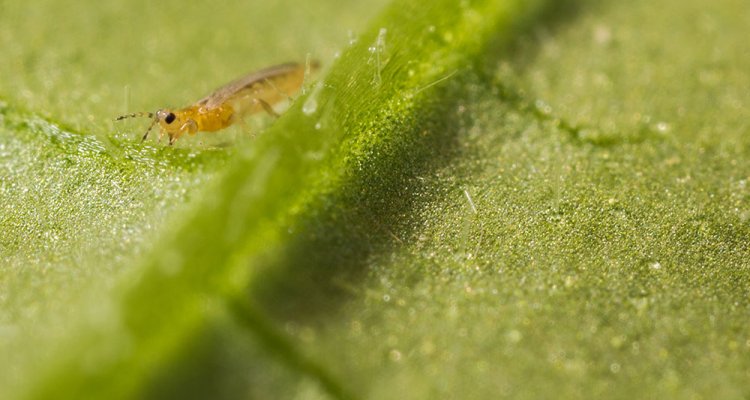
Project
Are more visible traps more effective?
Most insect traps are visually poorly attractive. Only 10-15% of the insects are actually trapped and sometimes this figure is even lower. The scents used to lure insects may effectively lure them from a distance to the trap but the visual properties of the current traps do rarely encourage them to land on the trap. This project examines the extent to which a more visible insect trap can increase the effectiveness of these traps.
While the scents currently used in insect traps do indeed lure insects towards the trap, research has shown that the poor visibility of the trap itself reduces its effectiveness. Insects can only see a limited number of wavelengths, different from humans. Brightness, wavelength, background, shape, and patterns all determine the visibility of a trap. What we don't know, however, is whether and how insects use these aspects to orient themselves and the role this plays in the process they use to decide whether or not to land on a trap.
Objectives
- Obtaining insight into the visual and olfactory stimuli that play a role in the process used to identify and land on objects by two major pest insects: the Western flower thrips and the European tarnished plant bug.
- Obtaining new fundamental knowledge on how insects use visual stimuli to find suitable food plants and/or places to mate and reproduce.
Approach
- Collecting all available knowledge and information on the visual stimuli used by various insect groups, more specifically the Western flower thrips and the European tarnished plant bug.
- Collaborating with Lincoln University (New Zealand) and Lund University (Sweden) on a PhD project.
- Exploring the influence of colour, patterns, and object shapes for both species of insects.
- Integrating knowledge on scents and visual stimuli into trap concepts to create a more attractive combination for better monitoring and control of the target pest insects.
Results
- Developing new concepts to monitor and/or mass trap pest insects.
- Strengthening the position of companies in the organic crop protection market by marketing new and more effective traps.
- Reducing the use of chemical pesticides and thereby reducing the impact on the environment and contributing to more sustainable agricultural practices.
- Acquiring new fundamental knowledge on insect vision.